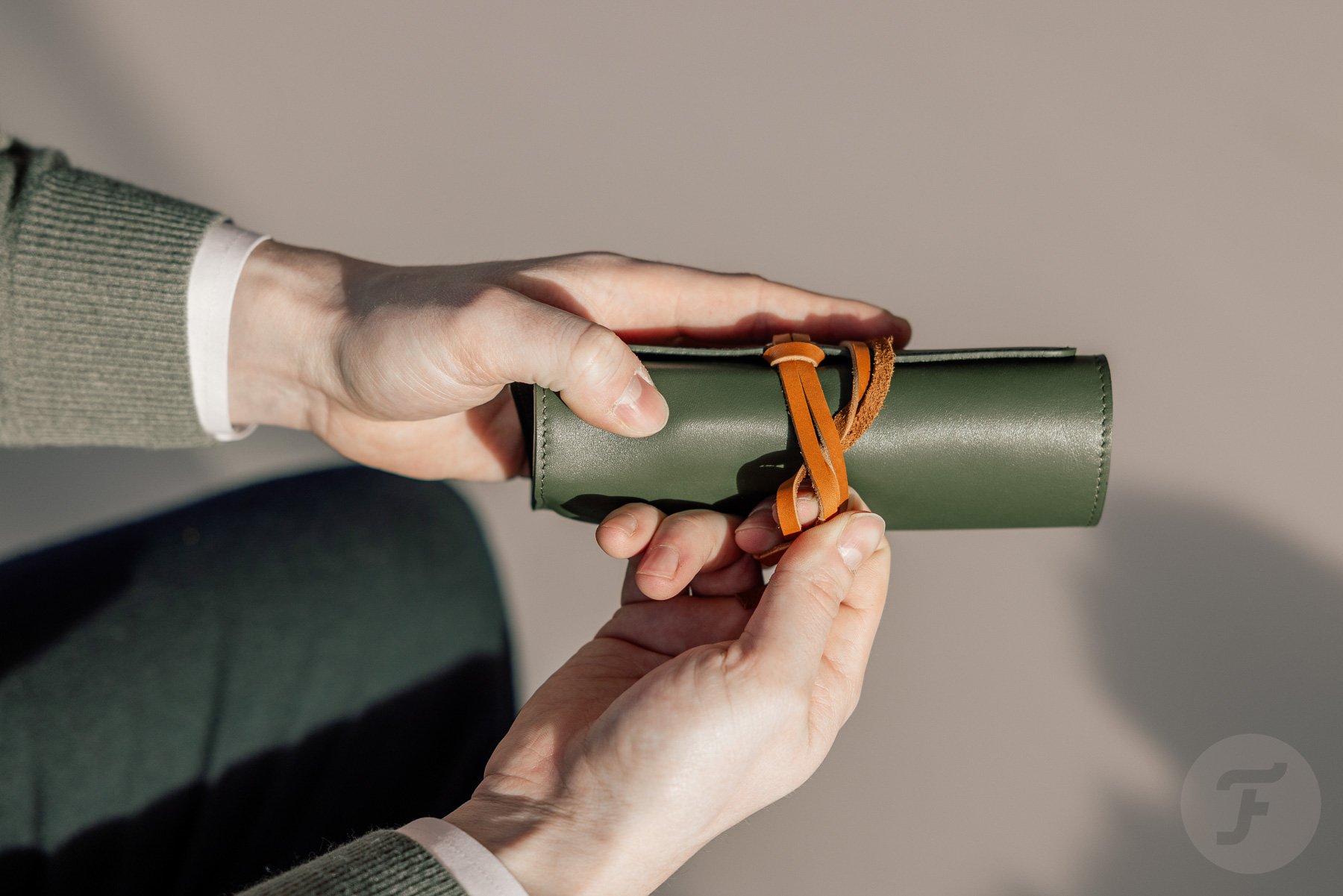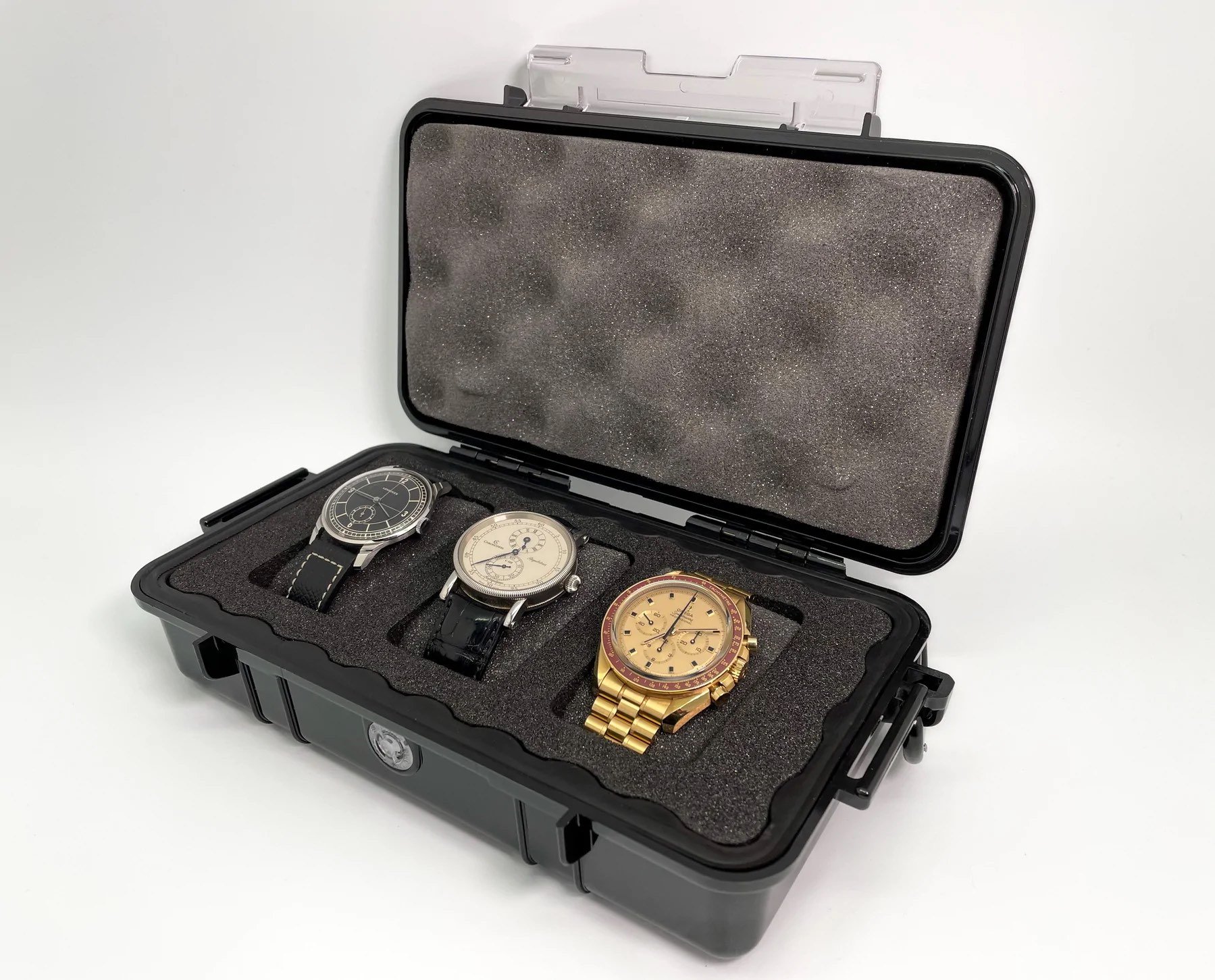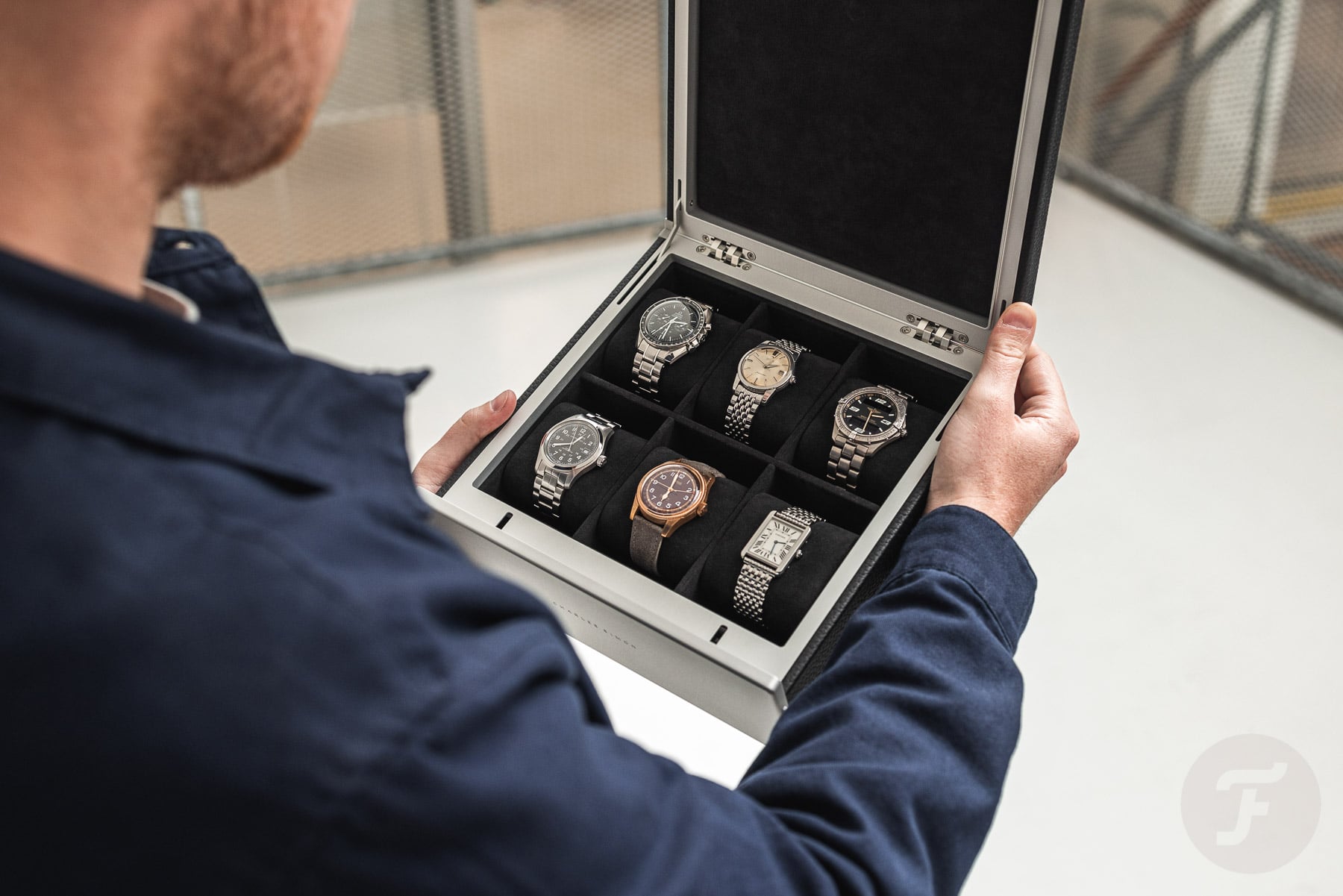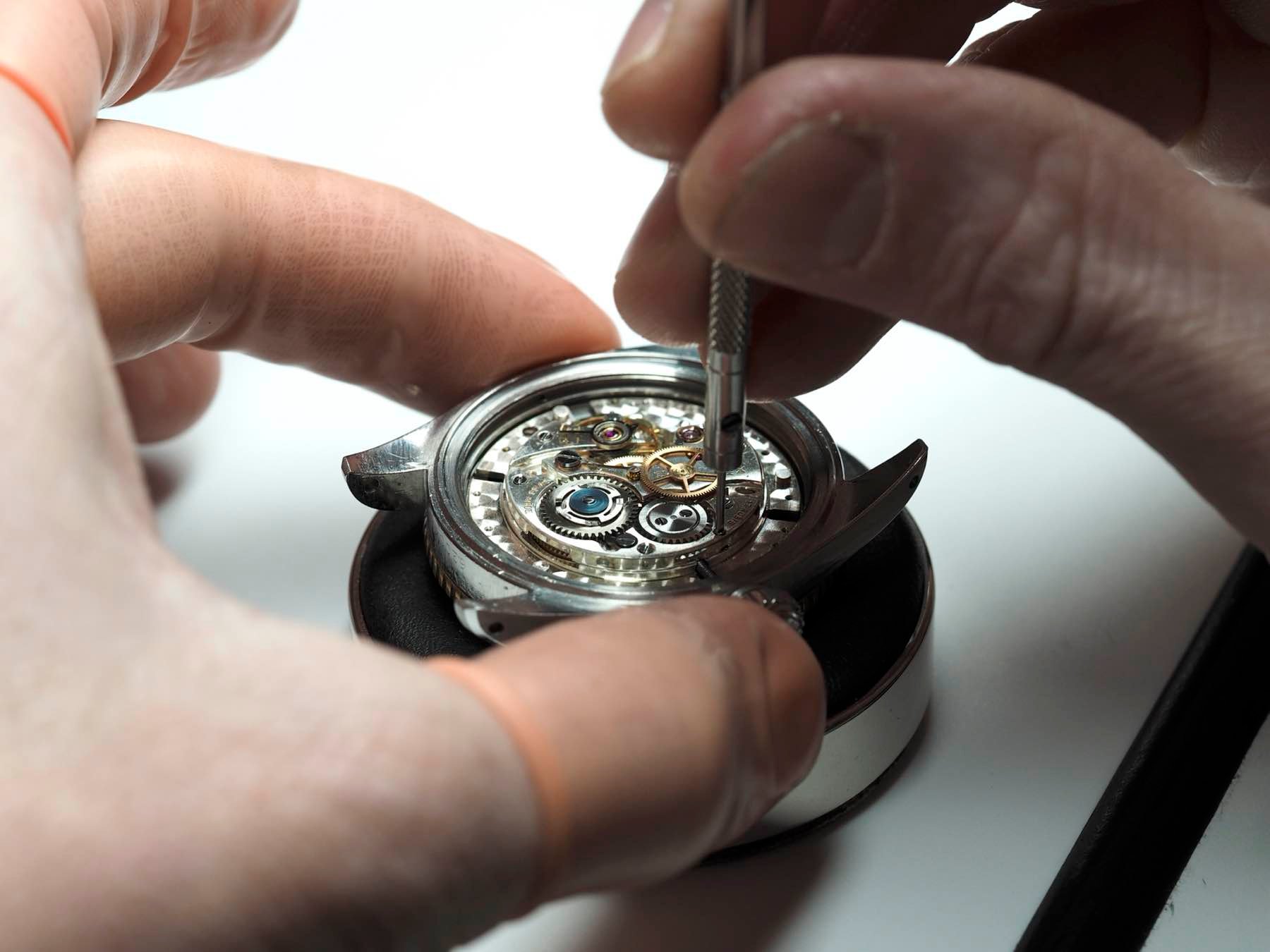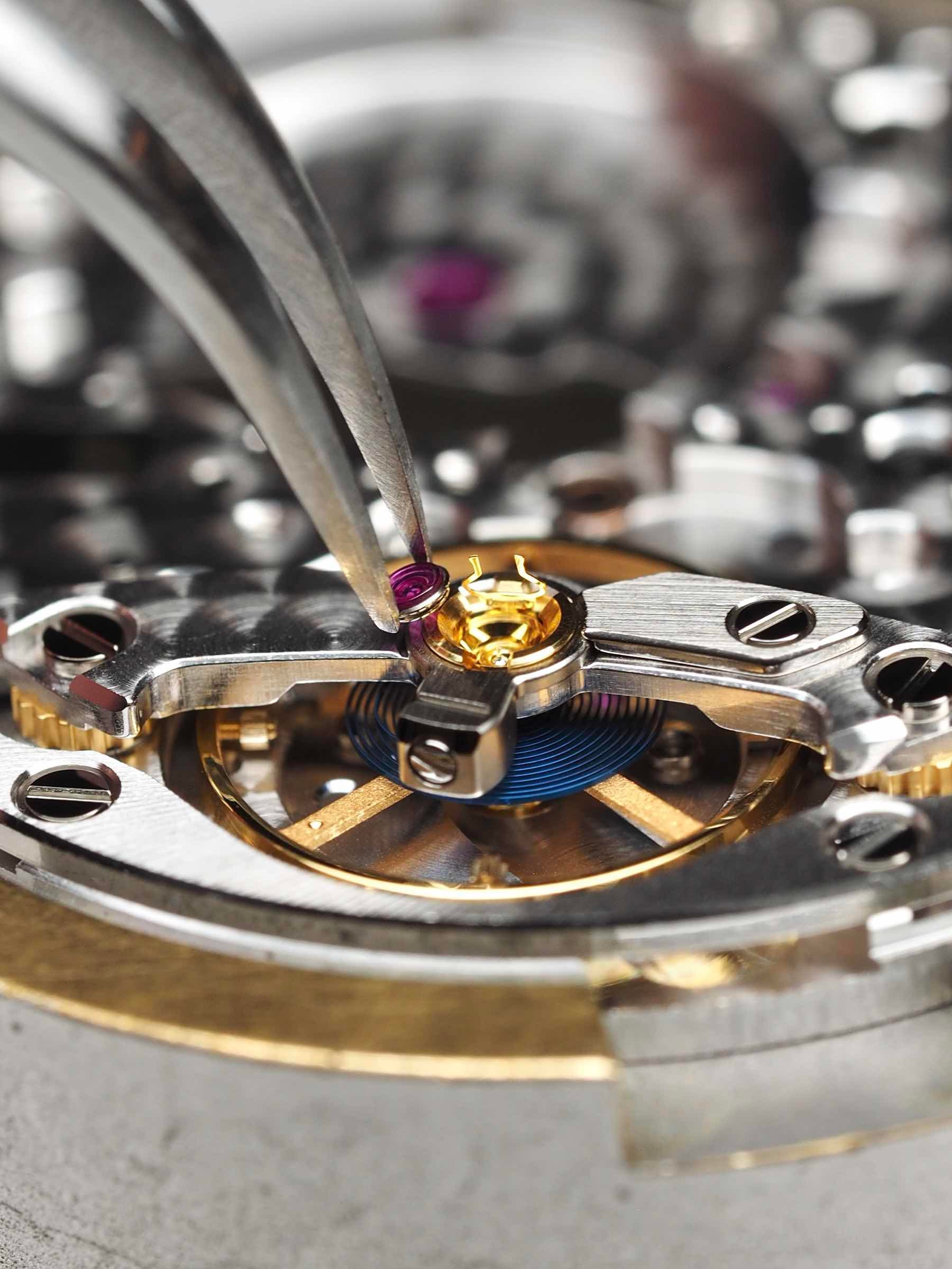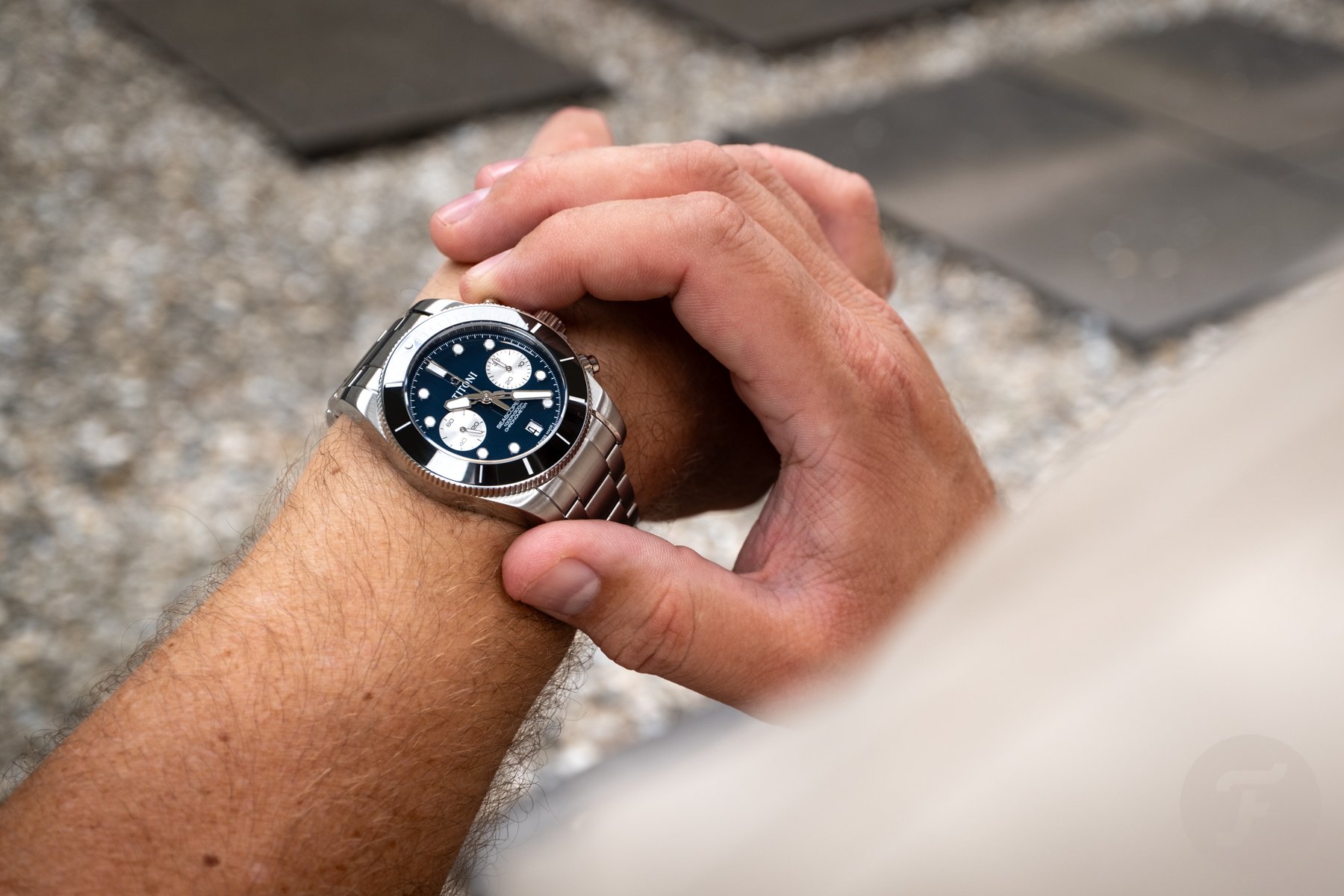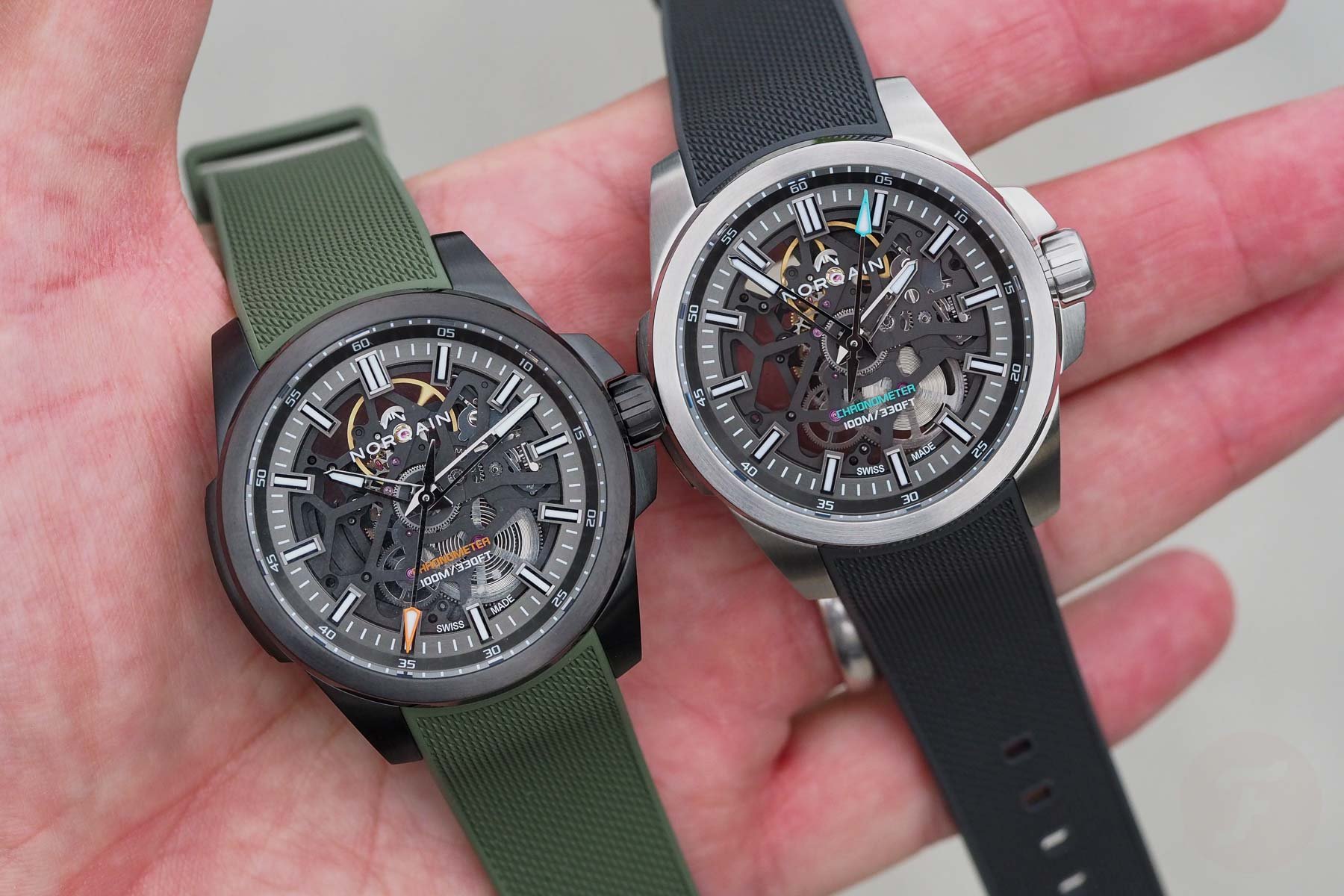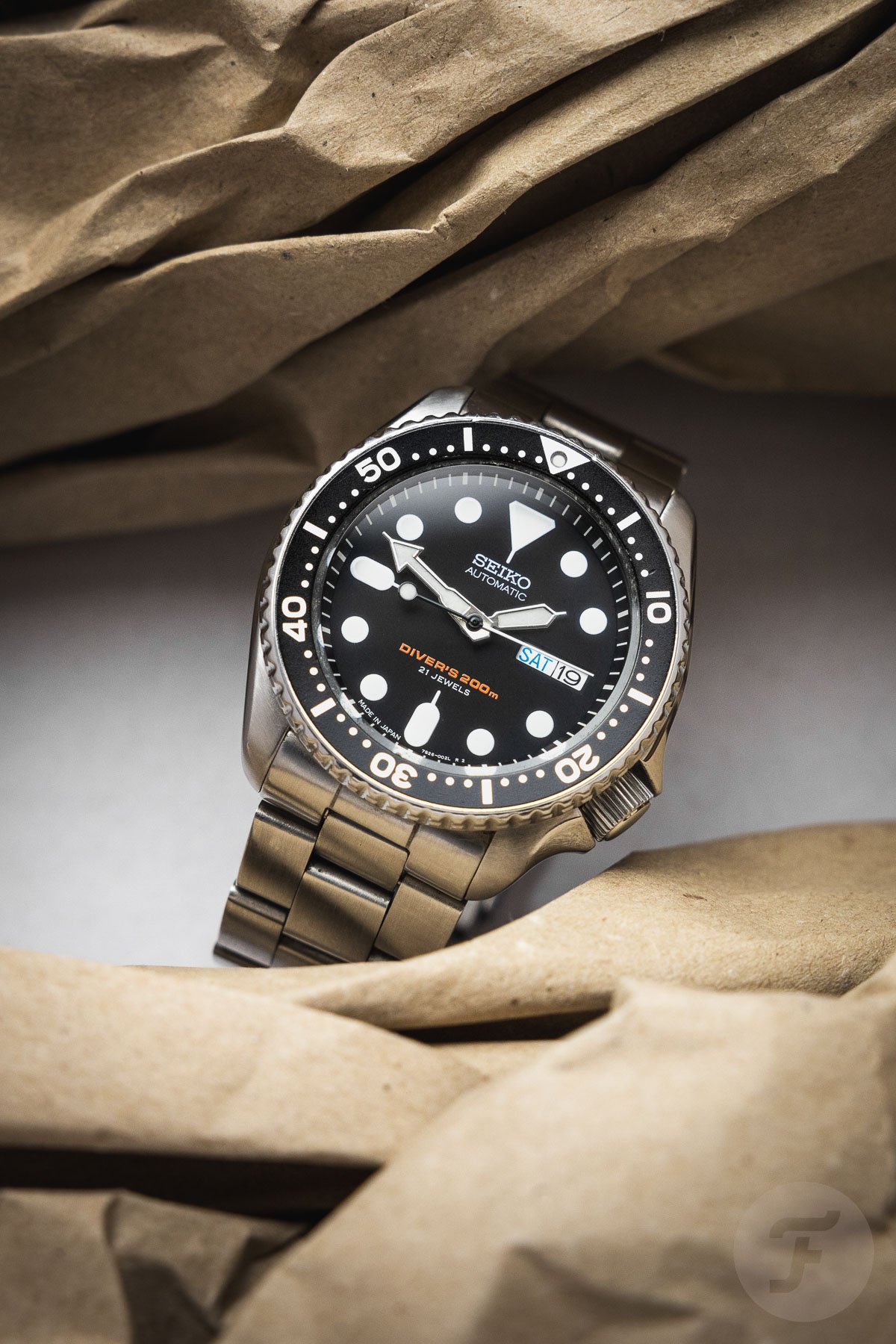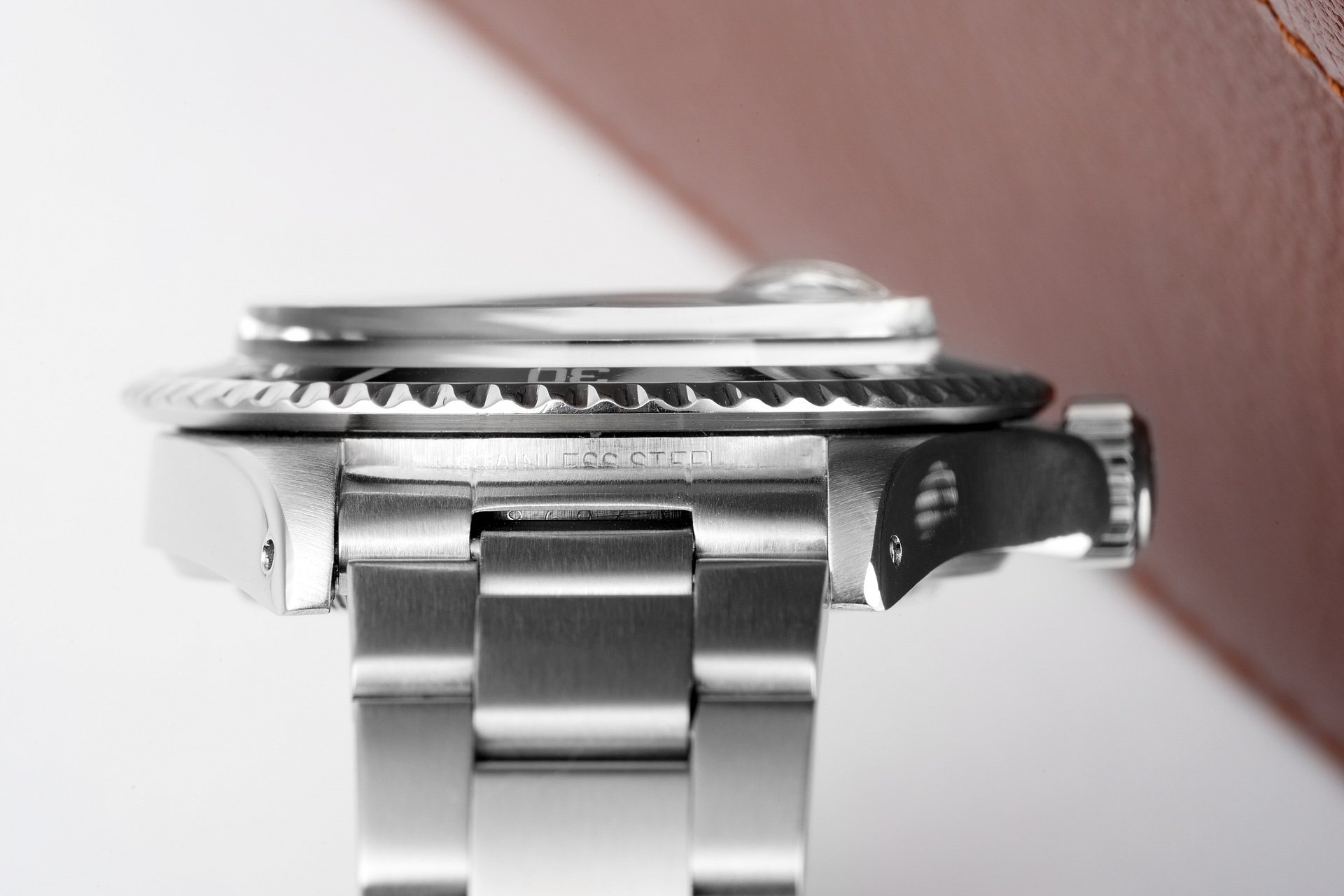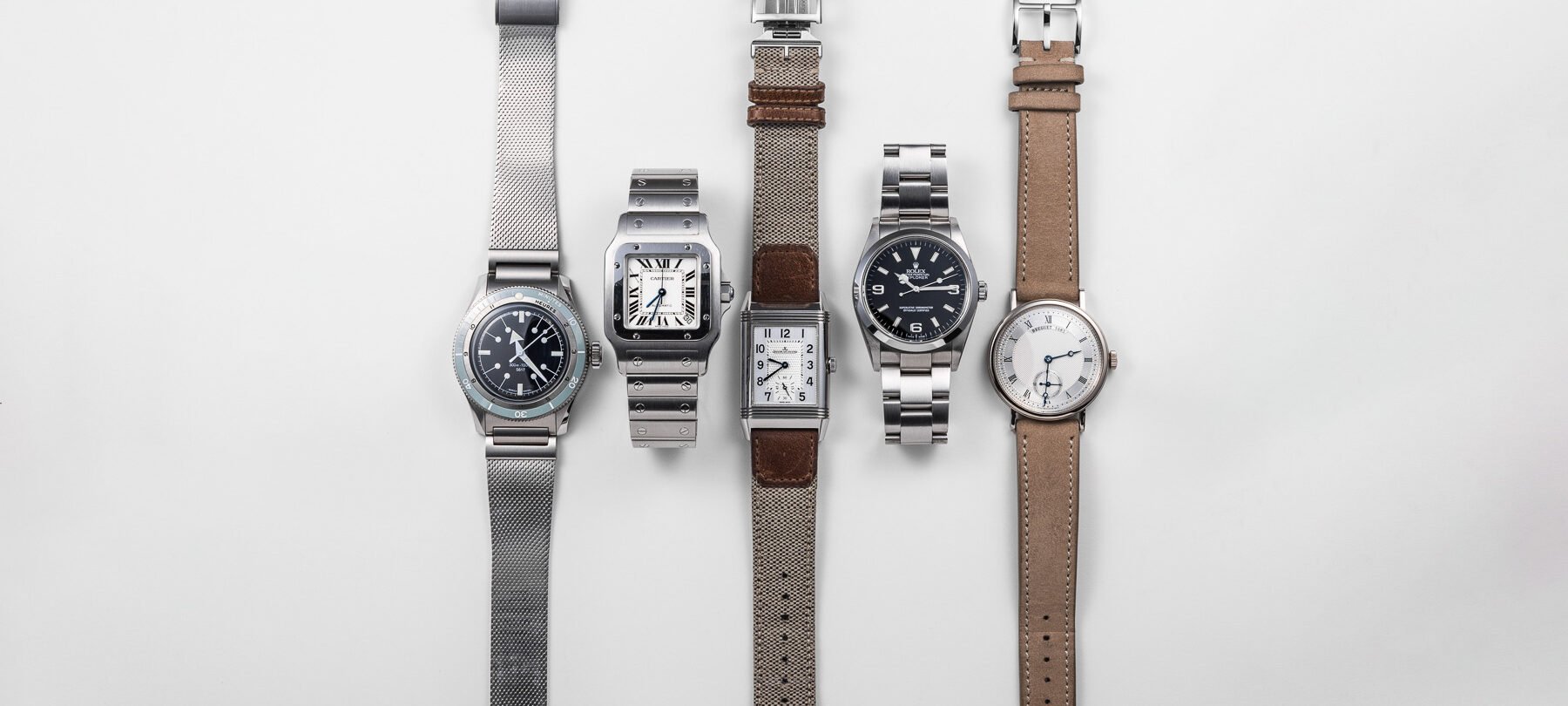Back To Basics: Five Of The Best Practices For Watch Ownership
Welcome to another installment of Back To Basics, our series aimed at newcomers to our lovely shared hobby. This time, we’ll take a look at five of the best practices for watch ownership. This is how to treat your watches and the hobby itself to maximize joy and minimize stress.
As always, this might all be obvious stuff to experienced collectors and enthusiasts. If that’s you, I would like to invite you to add your ideas in the comments section below. Let’s make this as useful as possible to budding aficionados as we can, together.
Five of the best practices for watch ownership — #1: Store your watches properly
One of the simplest five best practices is proper storage. Keep your watches in a dedicated case or pouch rather than leaving them scattered around. A watch box prevents scratches and dust buildup while also making it easy to keep track of your collection. Naturally, it also protects your watch in case it drops off your nightstand. If, like me, you have a toddler in the house, stuff happens!
Humidity and light can cause damage over time, so avoid keeping watches near windows or in damp rooms. This applies mainly to vintage watches as modern ones feature much more stable materials and lacquers. Still, storing any watch in a stable environment helps maintain its longevity. Even a basic watch roll or pouch is far better than dropping them loose in a drawer. Such little habits, even if a little redundant, can keep your watches healthy.
Think of storage as part of your enjoyment. A nice case not only protects your watches but also makes them feel more special. When you open it, you get a curated view of your little collection. That alone can enhance the daily joy of watch ownership. Properly made boxes are luxury objects in and of themselves, looking great in your interior and only adding to the experience of owning a nice watch.
Best practice #2: Servicing
Mechanical watches need servicing. Another one of the best practices for watch ownership is learning when and how to service your watches. Brands may recommend intervals of 3–10 years. Stretching beyond the recommended interval can result in damage from wear caused by dried-up oils, resulting in friction. The money you saved by postponing might come back to haunt you.
When service is needed, go to a trusted watchmaker. Ideally, find someone with experience in servicing your specific movement. Always ask for a clear explanation of what will be done and what it will cost. Transparency ensures you get value and peace of mind. Of course, you can always go to the brand itself for servicing. This may result in higher costs, but it guarantees proper knowledge of your watch and the use of original parts.
Five of the best practices for watch ownership — #3: Rotate and wear
Next on my list of best practices is to rotate your watches regularly. Wearing different watches — if you have them, of course — not only spreads out wear and tear but also keeps movements lubricated and running smoothly. Mechanical watches often benefit from occasional wrist time.
Leaving a watch in storage for months can cause oils to settle, leading to stiff operation. Even a quick day of wear now and then is enough to keep things healthy. Consider a simple rotation routine, even if you only own a few watches.
Rotation also keeps the hobby fresh. Putting on a watch you haven’t worn in weeks can make it feel new again. That small thrill is part of why we collect in the first place, and it doesn’t cost a cent.
Best practice #4: Handle with care
One of the more obvious best practices for watch ownership is to handle your watches carefully. Simple habits can prevent costly damage. For example, always put your watch on over a soft surface in case it slips. So no, the bathroom isn’t the best room. I have seen many watches after they came into unintended instant contact with a bathroom tile floor, and the result is not pretty.
Avoid setting your watch while it sits on your wrist, as this risks damaging the stem. Instead, take it off and operate it with two hands. Watches are built to be durable, but accidents happen easily. By being mindful during everyday interactions, you reduce the risk of scratches, dents, or worse. Over time, these small precautions can make a big difference in how your collection ages. Similarly, keeping your watches clean is a key part of your daily ritual. We have written a dedicated article about that, which you will find here.
If all of this sounds a bit anal, my final tip is for you!
Five of the best practices for watch ownership— #5: Keep perspective
Perhaps the most important of these five best practices for watch ownership is keeping perspective. Watches are meant to be enjoyed, not stressed over. Don’t let small scratches or timekeeping quirks take away from the fun.
It helps to remember that watches are tools as well as collectibles. They were designed to be worn, and signs of use add character. A little patina is not the end of the world; it can even become part of the story. The last thing we want is for your newfound watch passion to become a burden or source of stress.
Finally, resist comparing your collection too harshly with others. Whether you own one watch or 50, the point is personal enjoyment. If you love what’s on your wrist, you’re already doing it right. This ties in with my previous point. If sticking to more affordable watches keeps the hobby stress-free for you, don’t feel like you have to “graduate” to higher-end stuff. There is no one way to do “watch enthusiasm” right.
Closing thoughts on five of the best practices for watch ownership
Following these best practices sets you up for years of enjoyment. Store your watches properly, service them, rotate them regularly, handle them with care, and always keep perspective. It really isn’t rocket science, is it?
Good habits make watch ownership smoother and prevent unnecessary costs or frustrations. They also help you focus on what matters — the joy of wearing and collecting watches.
In the end, the hobby is about more than ticking seconds. It’s about building memories, connecting with others, and enjoying the little rituals of ownership. Keep that in mind, and your watches will matter more than just as objects of desire.
What other best practices can you add? Let us know in the comments section below!

